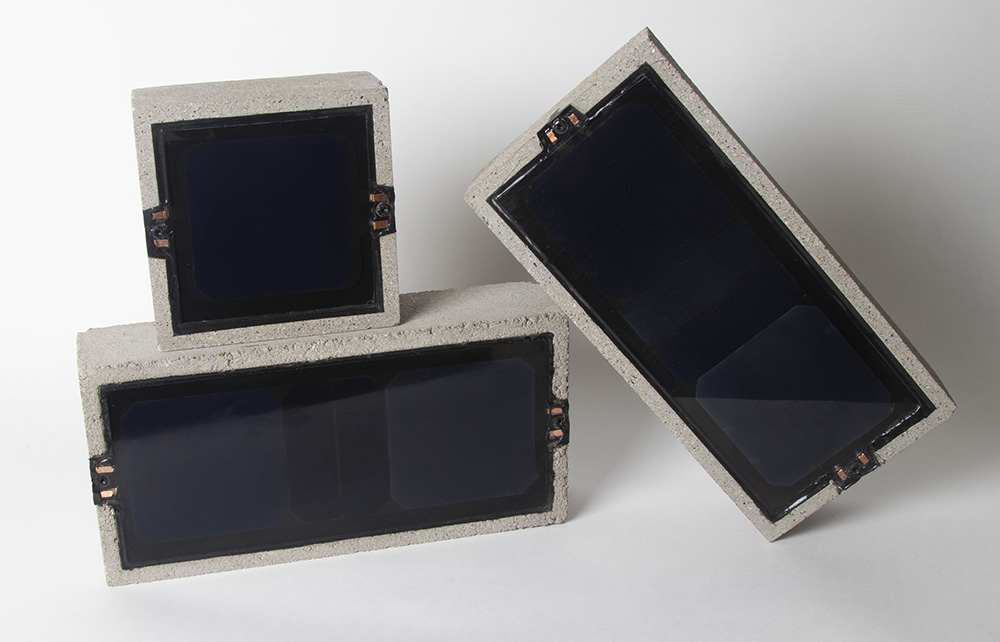News:
Green Buildings
Posted: July 23, 2008
Kermit the Frog may have had difficulty being green, but the engineering world has embraced it
Sustainable engineering is here to stay. Kermit the Frog may have had difficulty being green, but the engineering world - along with government, academia, business, and the general public - has clearly embraced the idea. We now understand, and can empirically demonstrate, the positive environmental impact and economic value of "organic," integrated, sustainable engineering solutions. More people need to understand that nature is the greatest engineer; mimicking her may be the best way to protect and restore resources, save site construction costs, and build facilities that last 50 years or more.
Hydrological Engineering History 101
Traditional stormwater engineering philosophy relied on conveyance: when the ground was paved, pipes were built to collect runoff and take it to the nearest water body. This solution altered the way nature intended rainwater be used - changing topography, the hydrological cycle, terrain, and ecology, and causing inconvenient and costly flooding. In the 1970s, engineers designed detention basins to control the rate at which runoff was released to a water body, thereby curbing flooding, but doing little to solve problems associated with failing to recharge the ground. The 1990s brought another shift in philosophy: get back to natural systems; learn how to mimic the hydrological cycle after disturbing it to achieve quality and quantity control, as nature intended. It seems we're coming full circle with "old country" farm drainage. But today's solutions aren't your great grandfather's - we've come a long way.
Sold! To the Green Buyer ...
The more we learn about sustainability, the more we realize that green is the way to go. Government and business are doing their part. For example:
* Boston was the first U.S. city to create a green building zone; large private projects must now meet U.S. Green Building Council LEED standards.
* In 2001, Chicago retrofitted City Hall with a green roof, resulting in better air quality and energy conservation
* Ford Motor Company followed suit with a redesign of its River Rouge Plant, winning the 2004 Green Roofs for Healthy Cities Award of Excellence, Extensive Industrial Commercial Category.
Home buyers are on board, too. Recognizing that "living green" is important for many people, Realtors recommend advertising a home's green aspects - solar panels, Energy Star appliances, proximity to public transportation, rain barrels - when selling a home to set it apart from its competition.
The Buzz at Nitsch Engineering
Sustainable site design has been at the forefront of Nitsch Engineering's philosophy for more than a decade. Our engineers are excited about using creative designs to mitigate the once unavoidable "evil" of stormwater runoff during site development - so much so that we organized a Sustainable Sites Group (SSG). Through collaborative meetings and emails, SSG is an information clearinghouse - a way for Nitsch's civil engineers to share intelligence on emerging technologies, brainstorm green innovations, and promote enthusiasm for sustainability. And it's worked: Nitsch has been honored with awards from the American Council of Engineering Companies (ACEC) for our cutting-edge RainUSETM software and stormwater management solutions at the University of Virginia (UVA). Here, we recommended using the entire 850-acre watershed for three "regional" facilities, eliminating the need for individual stormwater management systems at each site development project - saving costs, improving water quality, and creating beautiful campus amenities.
We're now helping Princeton University develop their Campus Framework Plan, consulting on seven projects. Concerned with long-term viability and having dealt with campus flooding in the past, Princeton wants sustainable designs that meet current and future stormwater management needs and environmental stewardship goals. Nitsch Engineering believes both can be accomplished via a comprehensive, sustainable stormwater approach that includes watershed analyses and innovative design solutions - such as landscape-integrated strategies using bioretention, infiltration basins, and rainwater harvesting (which we're predicting with RainUSETM, see below).
An Accurate Forecast
Nitsch Engineering's RainUSETM software, a rainfall reuse simulation program, has proved invaluable in optimizing systems that save construction/operating costs and simultaneously promote sustainability. While other tools rely on average annual rainfall data, RainUSETM uses historical daily rainfall data for more accurate simulation. With RainUSETM, Nitsch engineers can now size rainwater storage systems appropriately and cost-effectively (a struggle in the past); we can project the percentage of time a system will meet the demand, the total gallons of potable water saved annually, and the payback period. Since 2005, we've used RainUSETM on 21 projects - saving our clients upfront construction and future maintenance costs. In June 2008, Nitsch's software received an Engineering Excellence Gold Award from ACEC/Massachusetts.
The Future Looks Bright - Bright Green, That Is
As a society, we're making steady progress toward being green. Nitsch Engineering is excited about its part in this movement - by contributing forward-thinking, cost-effective, sustainable engineering solutions that promote nature's way, we are helping to save something for future generations after all.
Sandra Brock, PE, LEED AP, is a senior project manager at Nitsch Engineering, Boston.
Tags:
Green Buildings
MORE FROM Green Buildings
Bridgeport implements energy efficiency plan with utility partners and regional business council
Bridgeport, CT The flurry of economic development and urban revitalization across the city has cultivated a renewed interest in updating municipal, residential and commercial properties to be more efficient and sustainable. Since 2018, city officials have partnered

Quick Hits







.png)
